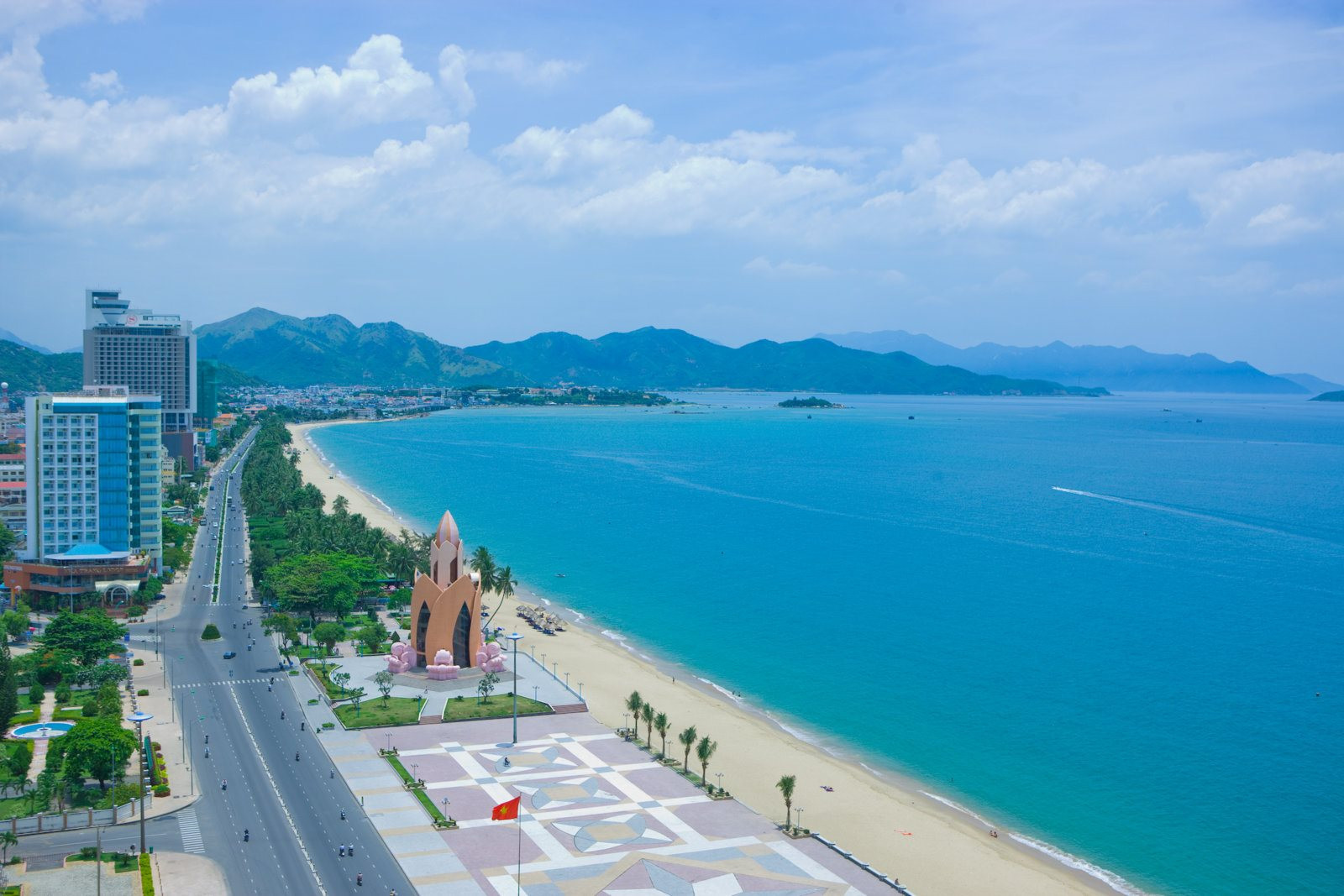
By 2030, Khanh Hoa is expected to become a centrally-governed city with a focus on developing as a service center and international coastal tourism destination, according to a decision by the Prime Minister.
By 2030, Khanh Hoa will have two first-class urban areas, Nha Trang City and Cam Lam City, with Cam Ranh City being a second-class urban area. Specifically, Nha Trang will be the core urban area, Cam Ranh will be a tourism-logistics urban area, and Cam Lam will become a modern, eco-friendly, and internationally recognized airport city. In addition, Van Ninh District will be developed into a high-end coastal tourism urban area, Ninh Hoa Town will be planned as an industrial city, and Dien Khanh District will become a cultural and ecological urban area.
In the future, Khanh Hoa is designated as a high-growth area and the center of the South Central Coast, Central Highlands, and the country as a whole in terms of marine economy, high-tech industry, science and technology, innovation, human resource training, and high-quality healthcare. The region’s per capita GRDP (Gross Regional Domestic Product) will be the highest among the 15 provinces and cities nationwide.
A centrally-governed city is an administrative unit equivalent to a province and is under the management of the central government. Currently, there are 5 centrally-governed cities in Vietnam: Hanoi, Ho Chi Minh City, Hai Phong, Da Nang, and Can Tho.
Recently, Khanh Hoa has been actively preparing to welcome large-scale urban areas. Specifically, on January 17, 2024, the People’s Council of Khanh Hoa Province issued a decision approving the master plan for the 1/2,000 scale construction zoning of two projects: Co Ma – Tu Bong tourism urban area (Zone 8) covering Van Tho, Van Phuoc, Van Khanh, Van Long, Van Binh communes in Van Ninh District, and the seaport center – Dam Mon urban area (Zone 3) in Van Thanh commune, Van Ninh District, Khanh Hoa Province.
The Co Ma – Tu Bong tourism urban area (Zone 8) is planned as a urban area for services, finance, and offices. The project covers an area of approximately 6,631 hectares, including about 5,299 hectares of land (with an expected 1,553 hectares reclaimed from the sea) and nearly 1,332 hectares of sea surface.
The estimated population scale is about 122,000 people, including approximately 107,200 permanent residents and 14,800 converted from tourists and other population segments.
Meanwhile, the seaport center – Dam Mon urban area (Zone 3) covers an area of approximately 8,276 hectares, including 4,445 hectares of land (including 616 hectares expected to be reclaimed from the sea) and 3,831 hectares of seawater.
This project is planned as an eco-resort eco-service urban area and an international seaport. The estimated population scale is about 29,000 people, including 17,000 permanent residents and 12,000 converted from tourists and other population segments.
Khanh Hoa Province is a coastal province in the South Central Coast of Vietnam, belonging to Central Vietnam. The province covers an area of 5,197 square kilometers (including islands and archipelagos), ranking in the middle range nationwide. The coastal line of Khanh Hoa is the longest in Vietnam with 385 kilometers and is home to about 200 islands along the coast and coral islands in the Truong Sa archipelago.
The province aims to achieve the highest per capita GRDP among the 15 provinces and cities nationwide by 2030. The total population of the province is about 1.4 million, with an annual increase of employed labor of 11,000 to 12,000 people and a 90% rate of trained labor.
Looking towards 2050, Khanh Hoa aims to become a major coastal economic center in Vietnam, a smart and environmentally-friendly city, on par with Asian cities, and one of the leading coastal cities in Asia in terms of attracting tourists and providing a high-quality living environment with a modern and comprehensive infrastructure system.





































